When researching inspirations for my zine I decided to reference my ideas to a photography who had in their career produced a zine them self. To do this I would firstly look up any inspirations for zine designs and layout before actually looking into people who made them, I would need to make a moldboard of potential ideas that could influence my mind-set about what I wanted the final outcome to look like. Looking online these were the results I found most effective due to their composition and overall effectiveness: 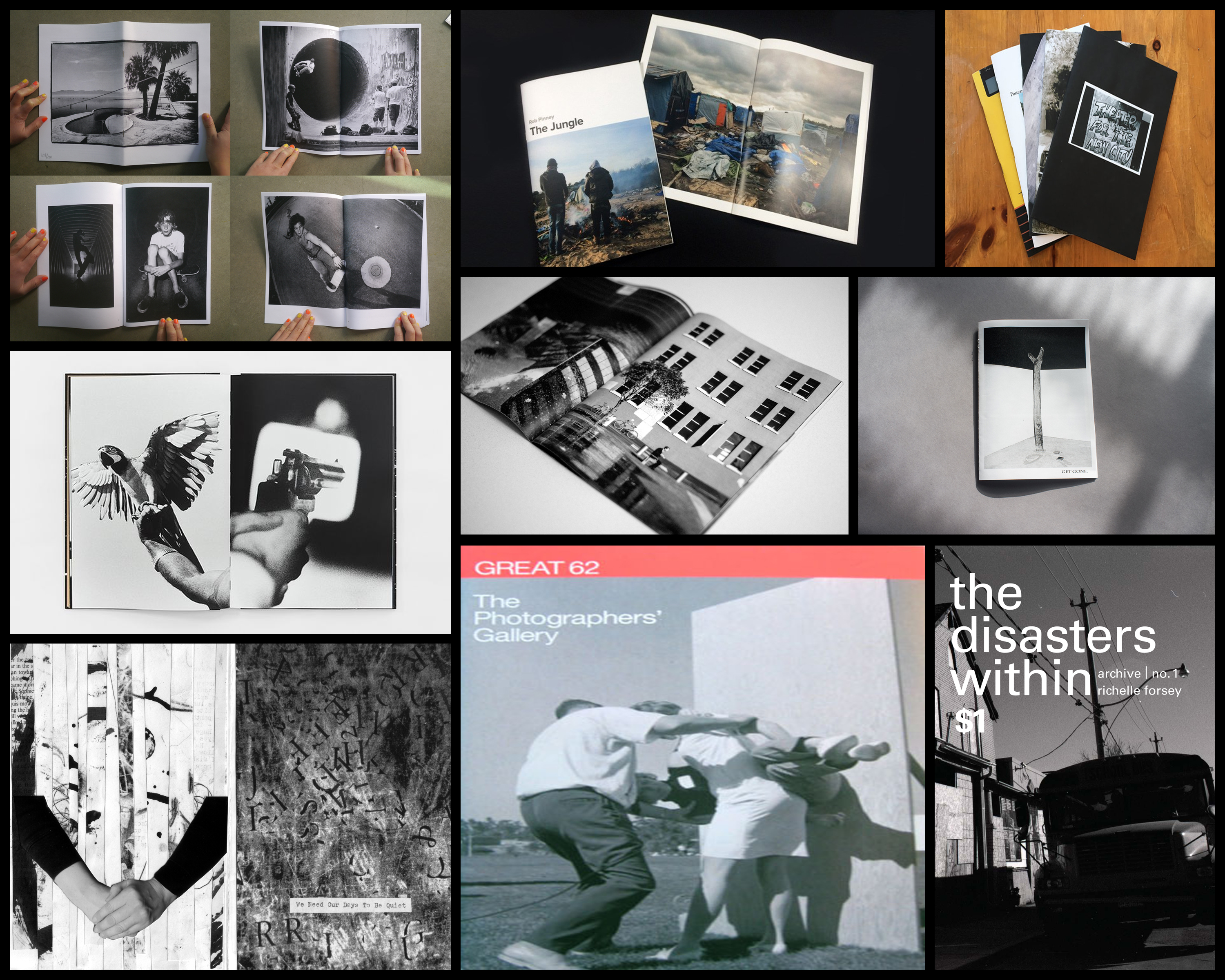 I found the overall thing that drew me into these designs and layouts were the effective use of black and white imagery, borders, and fonts which created a sense of aestheticism on front covers and pages within. A photographer that I found to be particularly useful when looking at zines was Alexis Maryon, a portrait and landscape photographer who has photographed famous and influential figures such as Amy Winehouse, Fatboy Slim, Alicia Keys, travelling world-wide as a photographer for magazines, record covers and long-term projects. Maryon’s zine called Port of Newhaven I found to be an interesting take on his perspective of circumstances regarding the conditions around the people.
I found the overall thing that drew me into these designs and layouts were the effective use of black and white imagery, borders, and fonts which created a sense of aestheticism on front covers and pages within. A photographer that I found to be particularly useful when looking at zines was Alexis Maryon, a portrait and landscape photographer who has photographed famous and influential figures such as Amy Winehouse, Fatboy Slim, Alicia Keys, travelling world-wide as a photographer for magazines, record covers and long-term projects. Maryon’s zine called Port of Newhaven I found to be an interesting take on his perspective of circumstances regarding the conditions around the people.
To understand what made it in my opinion such an effective zine I would have to analyse three factors regarding the design and layout of it. Technical aspects, visual aspects and conceptual ideas behind the piece will be my main focal point of the analysis due to finding that they sum up the development and process behind the photographers thought.
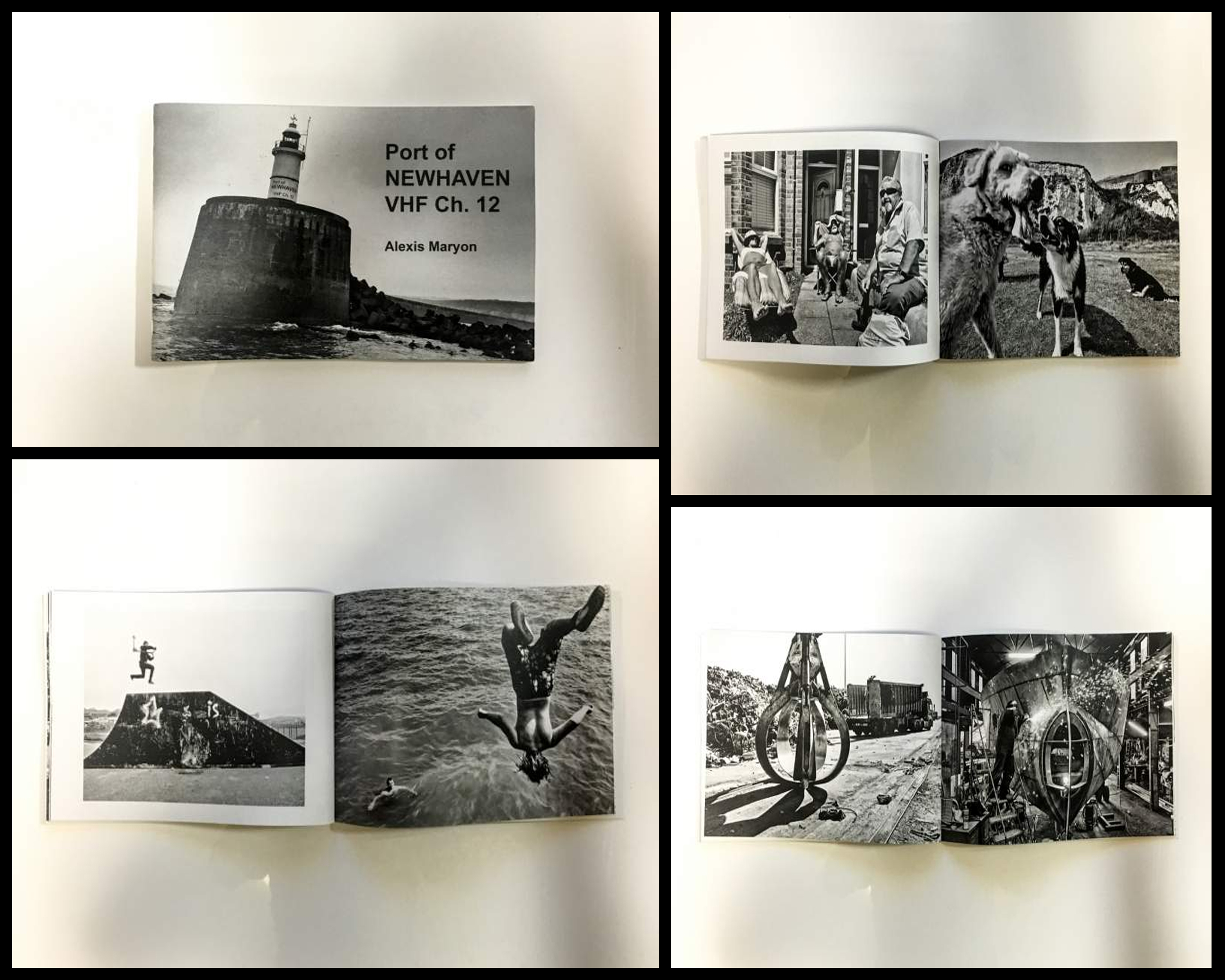 Technical: The photographer uses solely black and white photography to put across their perspective of Newhaven, using it to present the contrasting sides regarding the areas around the port. This is effective as it implicitly highlights different sectors that the port consists of and the variety of life living their, putting my definition on the people and objects rather than backdrop. A relatively high exposure and clarity have also been used to add more detail and depth into the people rather than the places, once again directing the focal point towards what is not suggested in the title, being not the place but society instead. Borders have tended to be used on left hand pages to prevent them becoming too overpowering and clashing with the opposite picture, becoming aesthetically pleasing in the process.
Technical: The photographer uses solely black and white photography to put across their perspective of Newhaven, using it to present the contrasting sides regarding the areas around the port. This is effective as it implicitly highlights different sectors that the port consists of and the variety of life living their, putting my definition on the people and objects rather than backdrop. A relatively high exposure and clarity have also been used to add more detail and depth into the people rather than the places, once again directing the focal point towards what is not suggested in the title, being not the place but society instead. Borders have tended to be used on left hand pages to prevent them becoming too overpowering and clashing with the opposite picture, becoming aesthetically pleasing in the process.
Visual: Visually the piece is created around the focal point of people and their environments, blurring and reducing the backdrop so that we focus and get to know who is in it. A low exposure and high clarity create visually pleasing results as shadows are emphasized and people are presented over dramatically, almost as if it was staged. The use of borders can be seen as representing the contrasting environment that the opposite page possesses, with one being inside a factory and the other outside, this implicitly draws our eyes to the out-of-focused background which we can only relate to so much around the people working and living their.
Conceptual: The zine is meant to represent the different sectors and people within them that make up the port of Newhaven. By highlighting the people rather than place it provides a more accurate representation which reflects the environment surrounding society, however the overall focus of the zine is to provide us an insight into the photographers perception of the port and their love for it. She tries to present this through identifying what should finds beautiful and unique about the area, which in this case is the people and landscape.

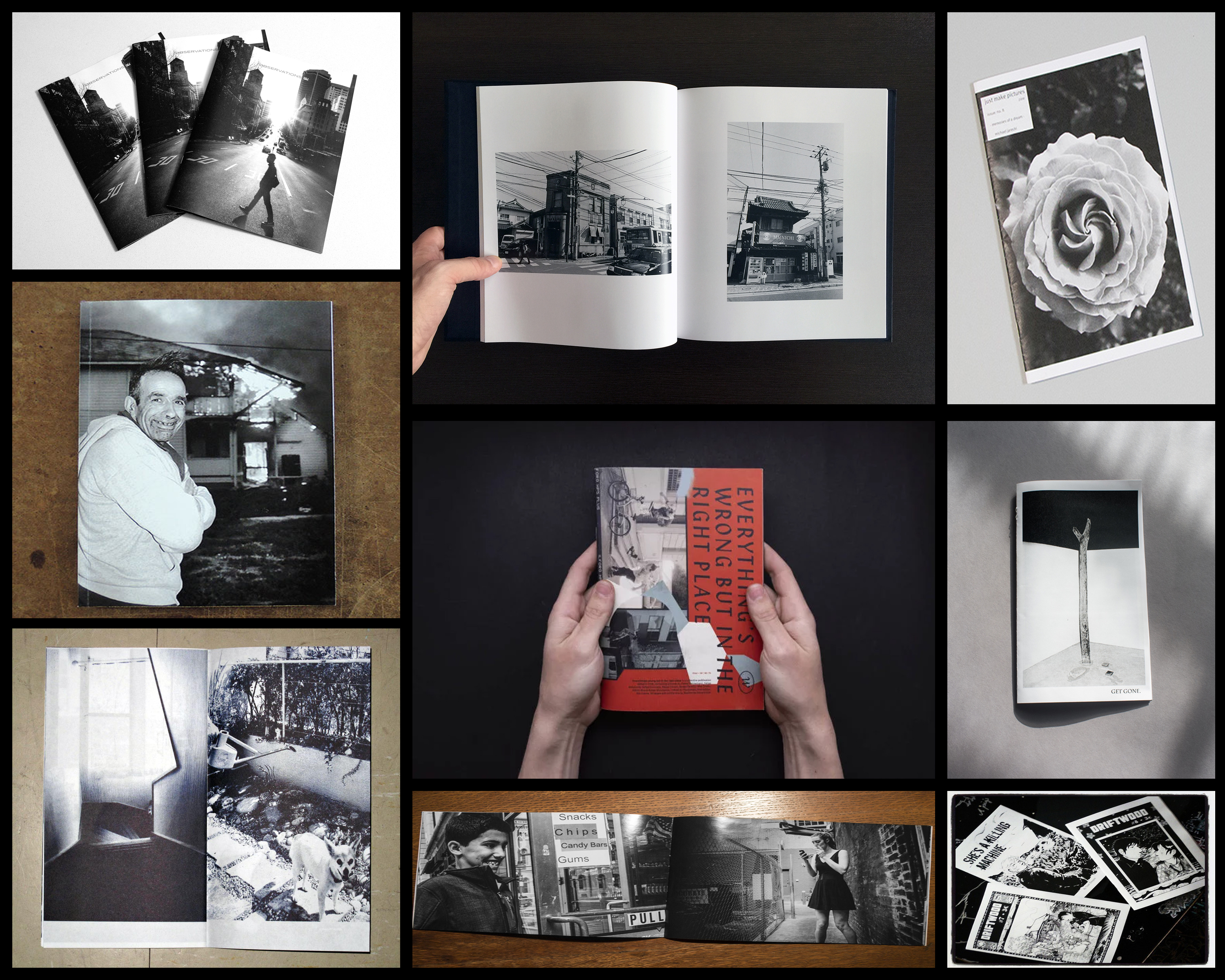 From here I will be analyzing what to me makes a good zine, and the aspects within the design which bring it out to me as a reader. By doing this it would allow me to go ahead with the actual making of my own zine, knowing what I wish to incorporate into it.
From here I will be analyzing what to me makes a good zine, and the aspects within the design which bring it out to me as a reader. By doing this it would allow me to go ahead with the actual making of my own zine, knowing what I wish to incorporate into it. 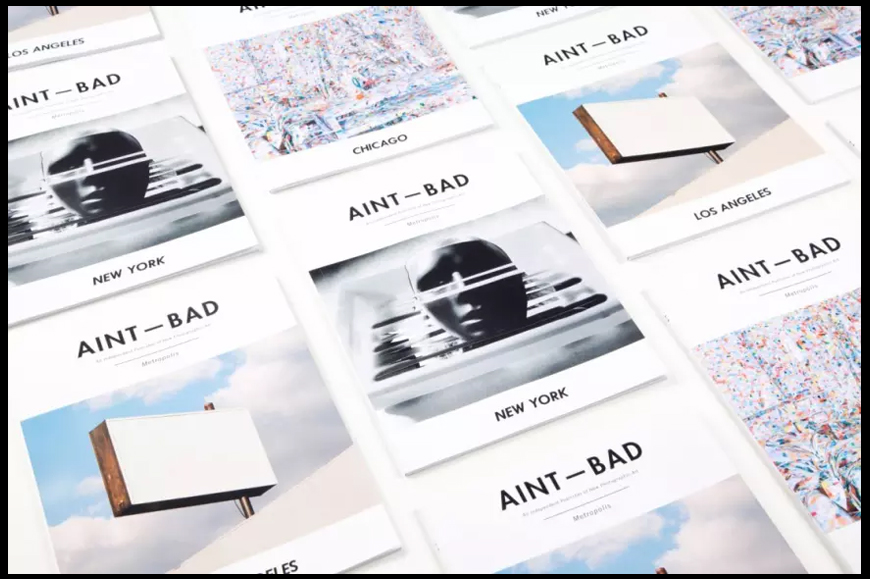 When looking over the cover of these zines titled “AINT – BAD”, I found the use of font to be particularly effective. This is because of the simplicity but boldness it uses, making it not too overpowering, but at the same time fits with the overall design of the pictures and blank space incorporated into the cover. The use of blank space also compliments the image in the center as it defines the vitals of the cover, this is done through how it acts as a natural border for the fonts and the photographs which adds a touch of complex simplicity. The images chosen for each cover I found were not too visually sore, but not too simple, meaning that they perfectly blended into the layout of the design as the mainly bleak colours worked well with the stark black of the writing.
When looking over the cover of these zines titled “AINT – BAD”, I found the use of font to be particularly effective. This is because of the simplicity but boldness it uses, making it not too overpowering, but at the same time fits with the overall design of the pictures and blank space incorporated into the cover. The use of blank space also compliments the image in the center as it defines the vitals of the cover, this is done through how it acts as a natural border for the fonts and the photographs which adds a touch of complex simplicity. The images chosen for each cover I found were not too visually sore, but not too simple, meaning that they perfectly blended into the layout of the design as the mainly bleak colours worked well with the stark black of the writing.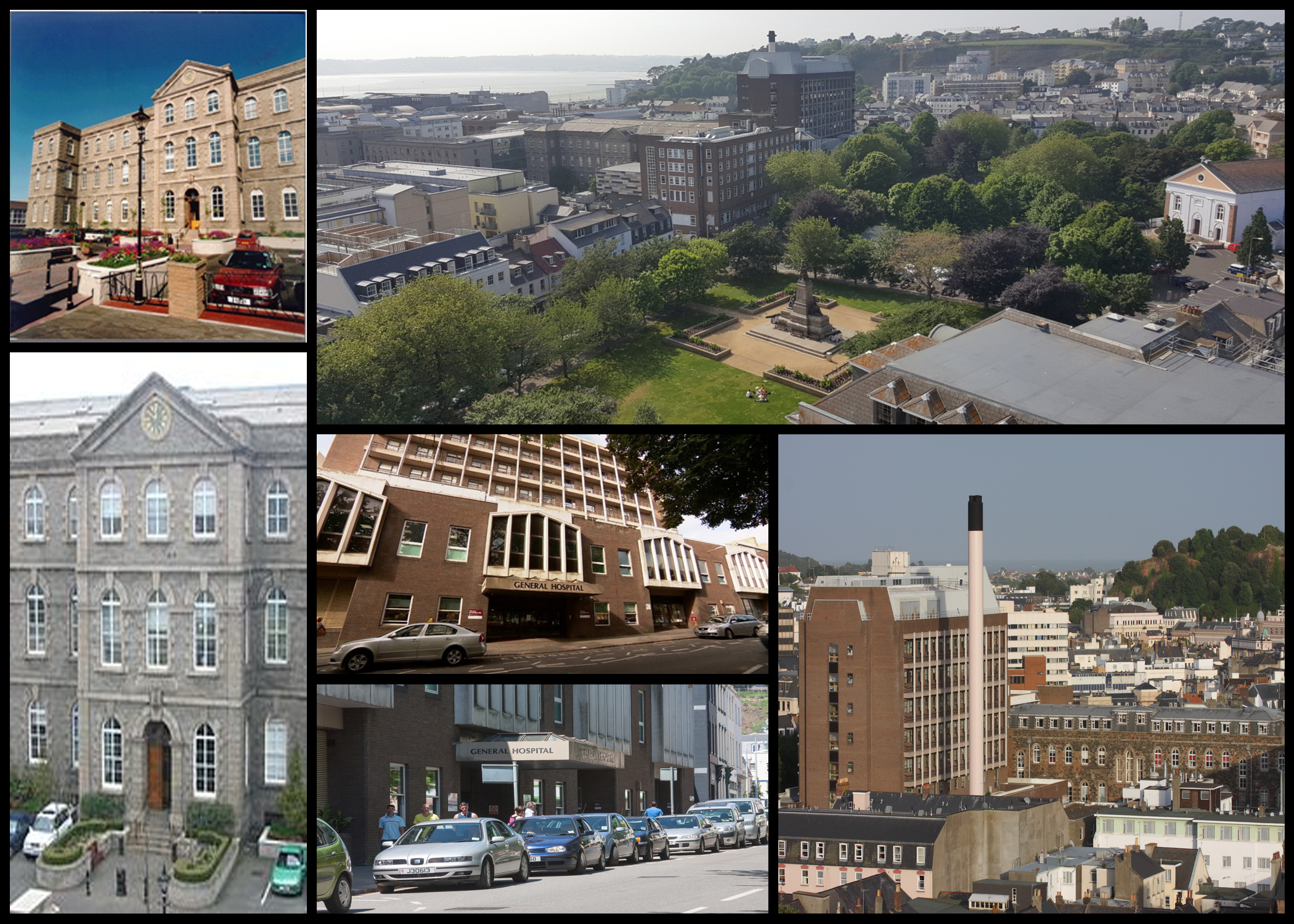 After I had completed this mood board I decided I should make a mind map which would reflect my ideas that I intend to use on the shoot. By doing this it would reduce the amount of time wasted walking around aimlessly and instead give me objectives that I would need to finish by the end of the shoot, producing more imagery as a result. Here are my ideas regarding the shoot:
After I had completed this mood board I decided I should make a mind map which would reflect my ideas that I intend to use on the shoot. By doing this it would reduce the amount of time wasted walking around aimlessly and instead give me objectives that I would need to finish by the end of the shoot, producing more imagery as a result. Here are my ideas regarding the shoot: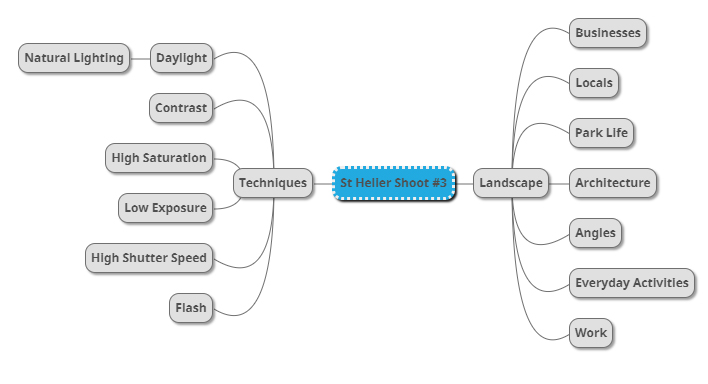 Once I had finished this I deemed myself ready to go ahead with the shoot, I would mainly be walking around the area of the hospital and car parks near it in order to capture what the landscape is really like, here are my images from the shoot:
Once I had finished this I deemed myself ready to go ahead with the shoot, I would mainly be walking around the area of the hospital and car parks near it in order to capture what the landscape is really like, here are my images from the shoot: 
 I then proceeded to whittle them down to only ten images in order to select a final image of the shoot that I thought best represented the aim and goal of the purpose. These are the ten images I selected:
I then proceeded to whittle them down to only ten images in order to select a final image of the shoot that I thought best represented the aim and goal of the purpose. These are the ten images I selected: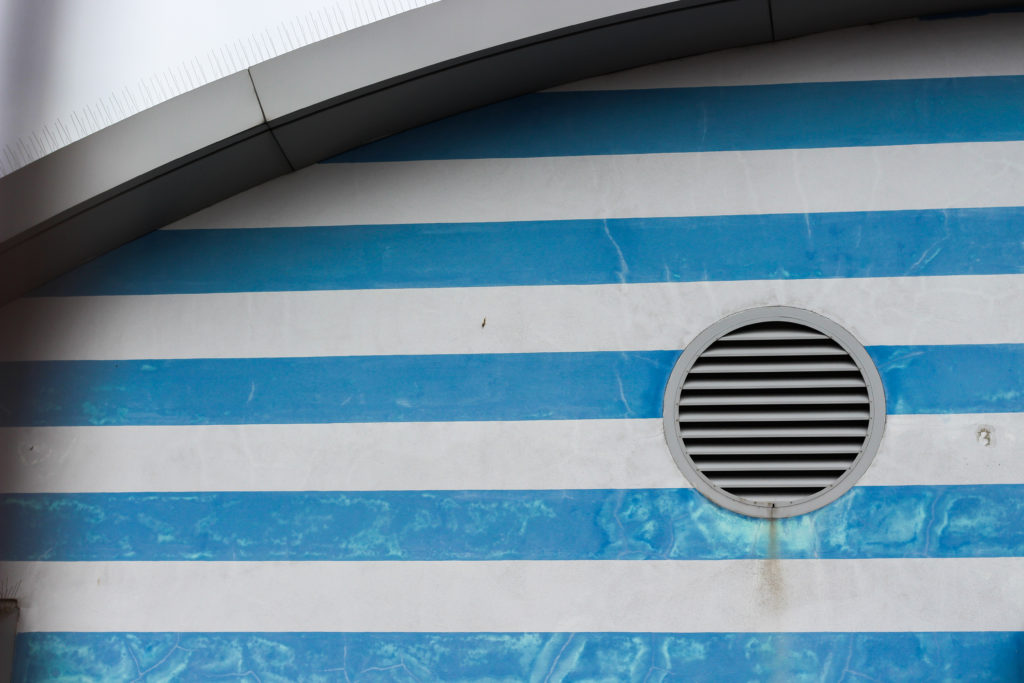
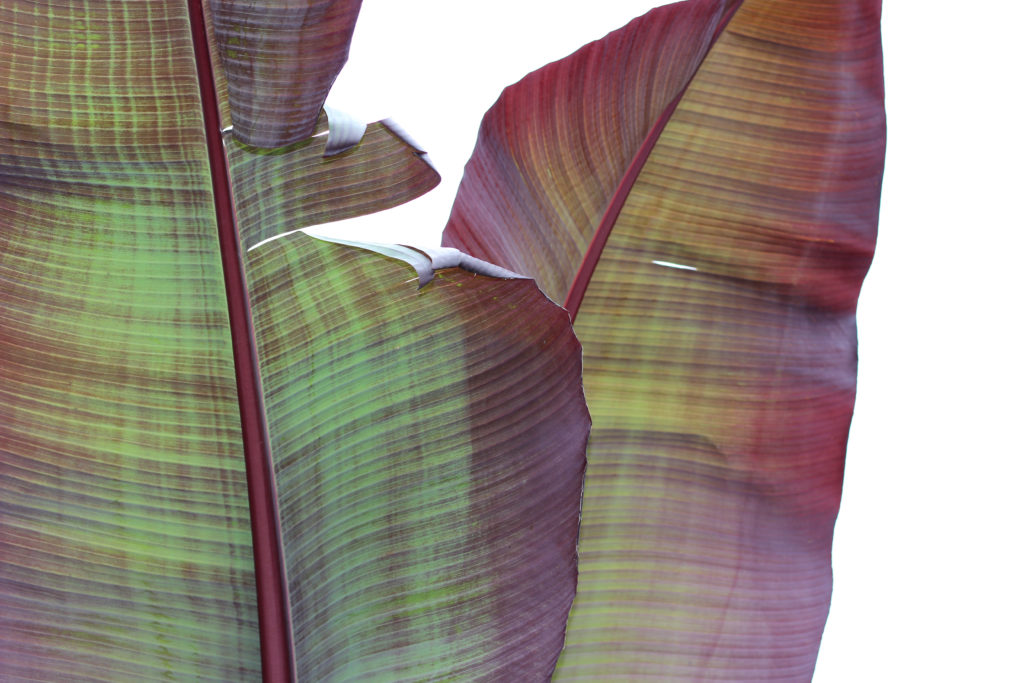
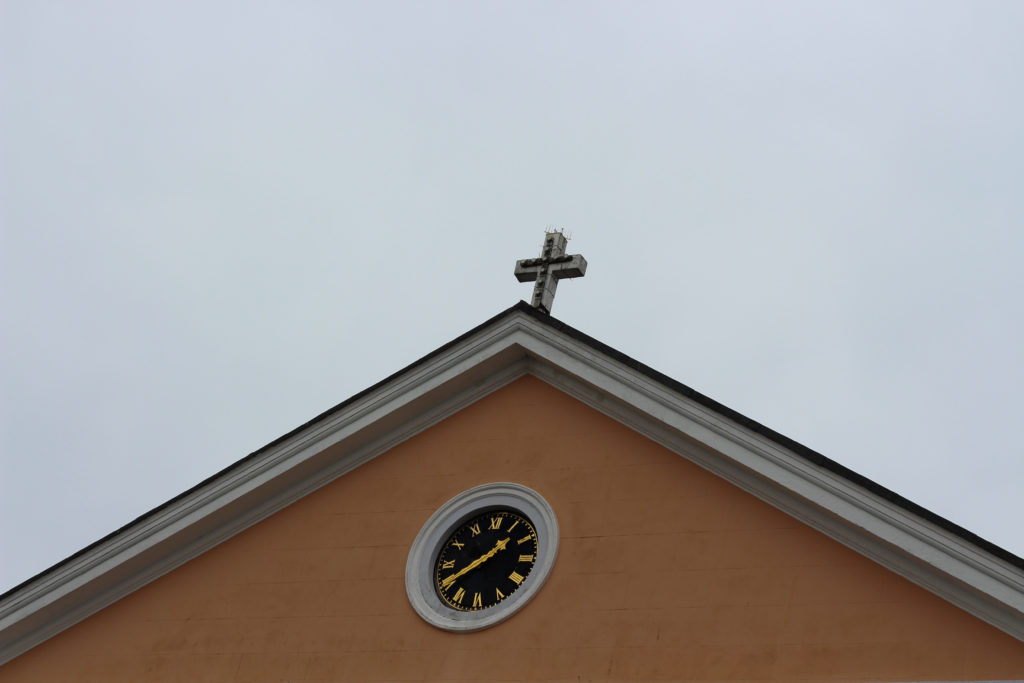
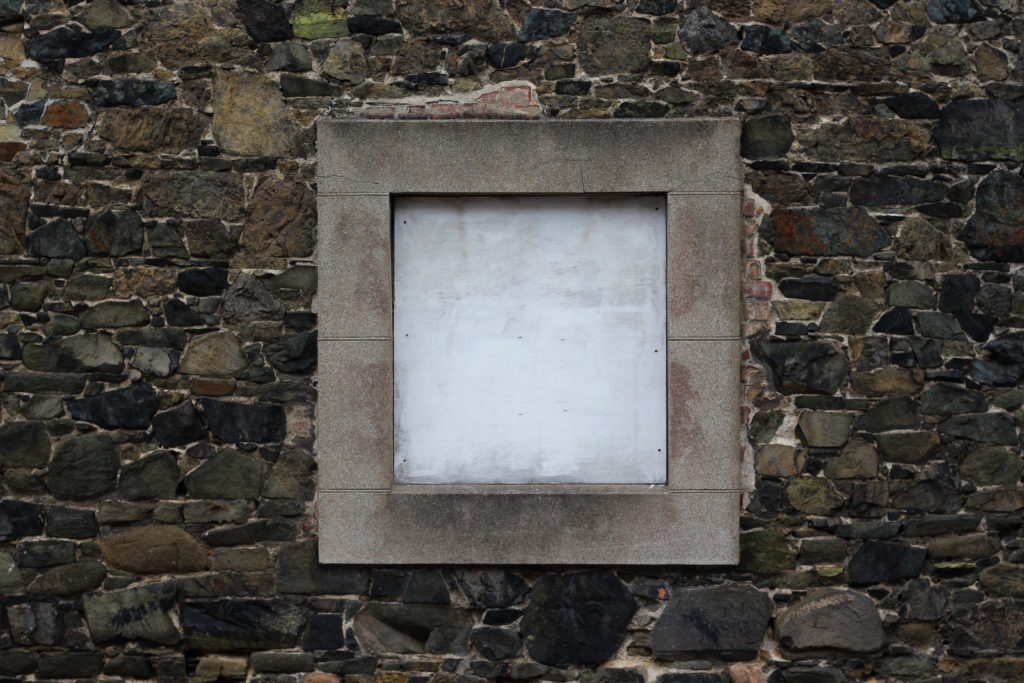
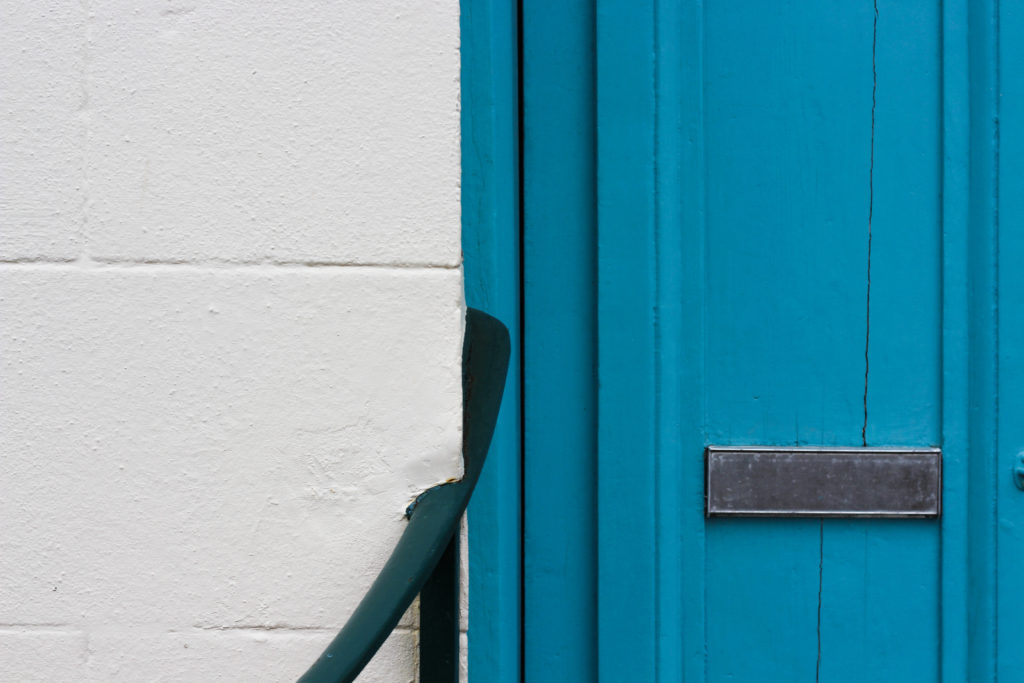
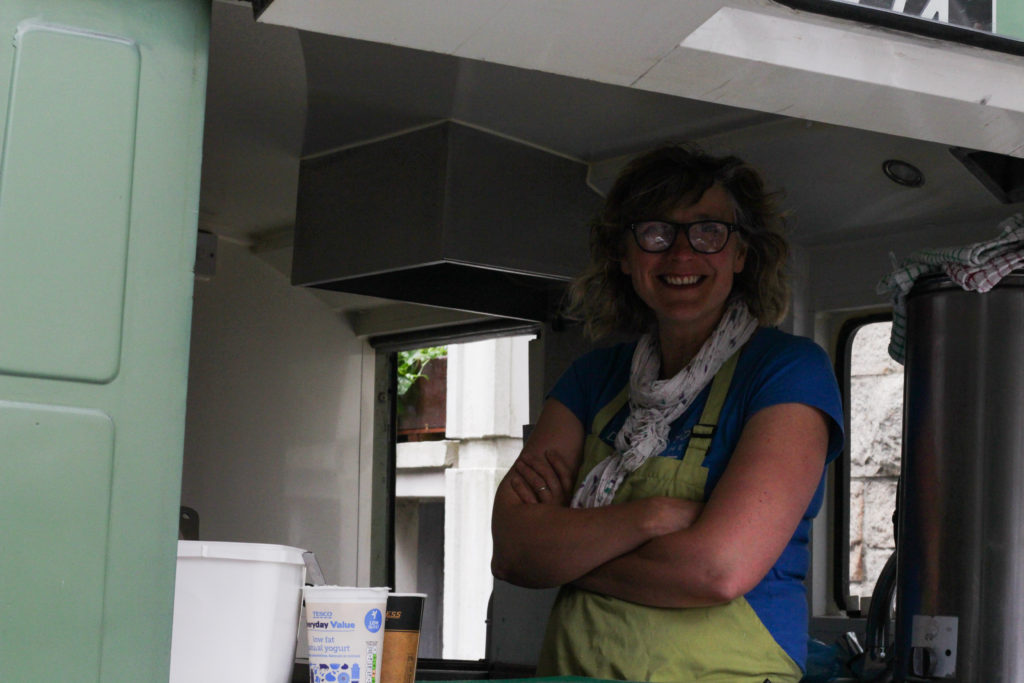

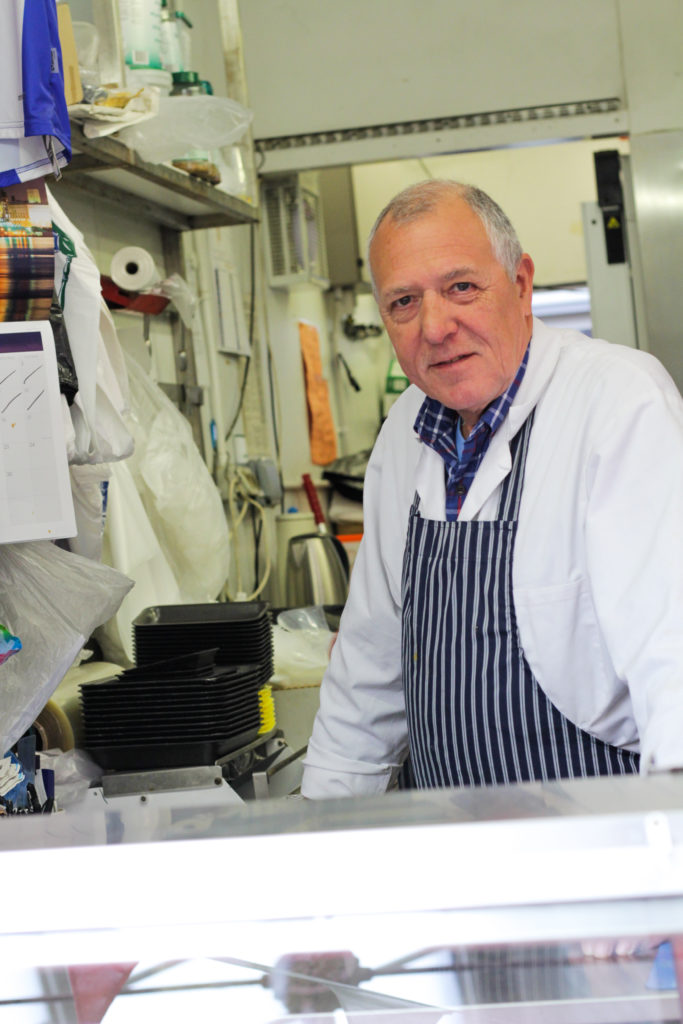
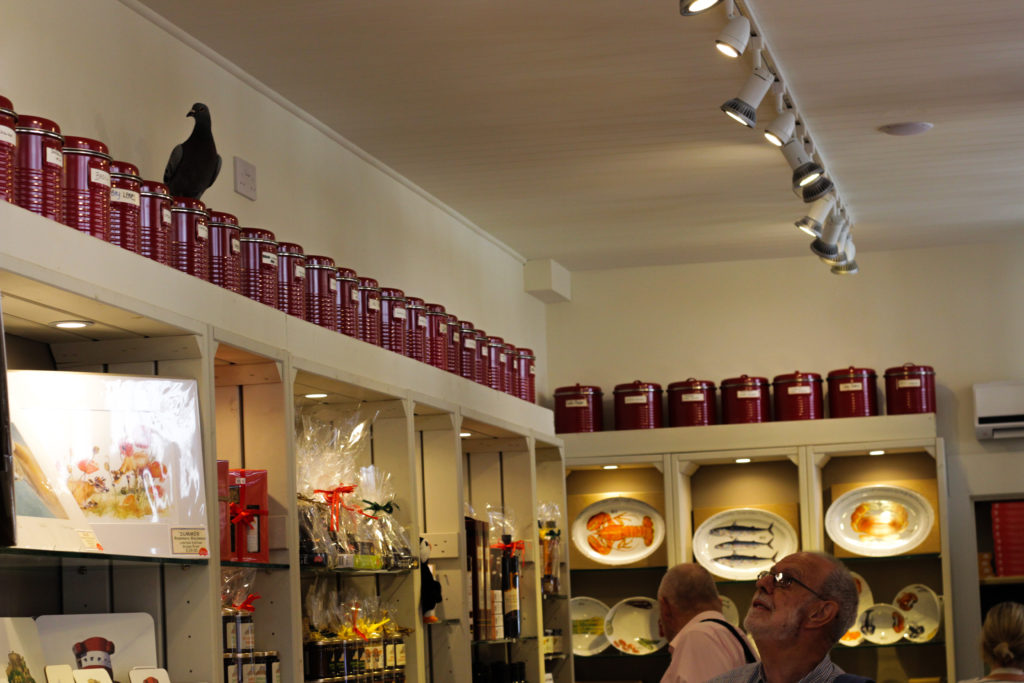



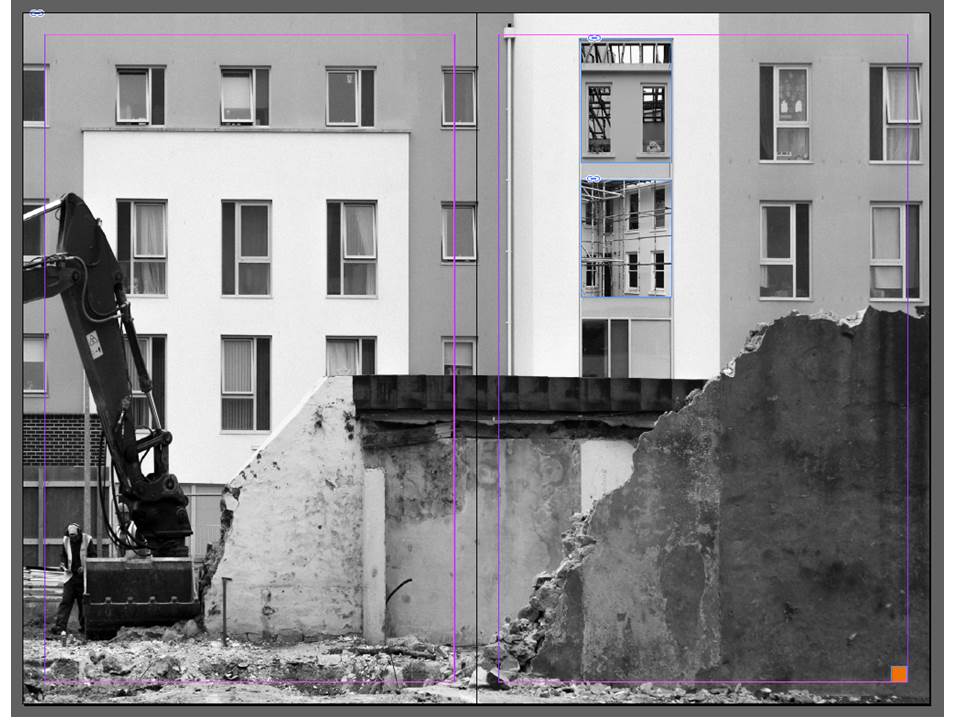

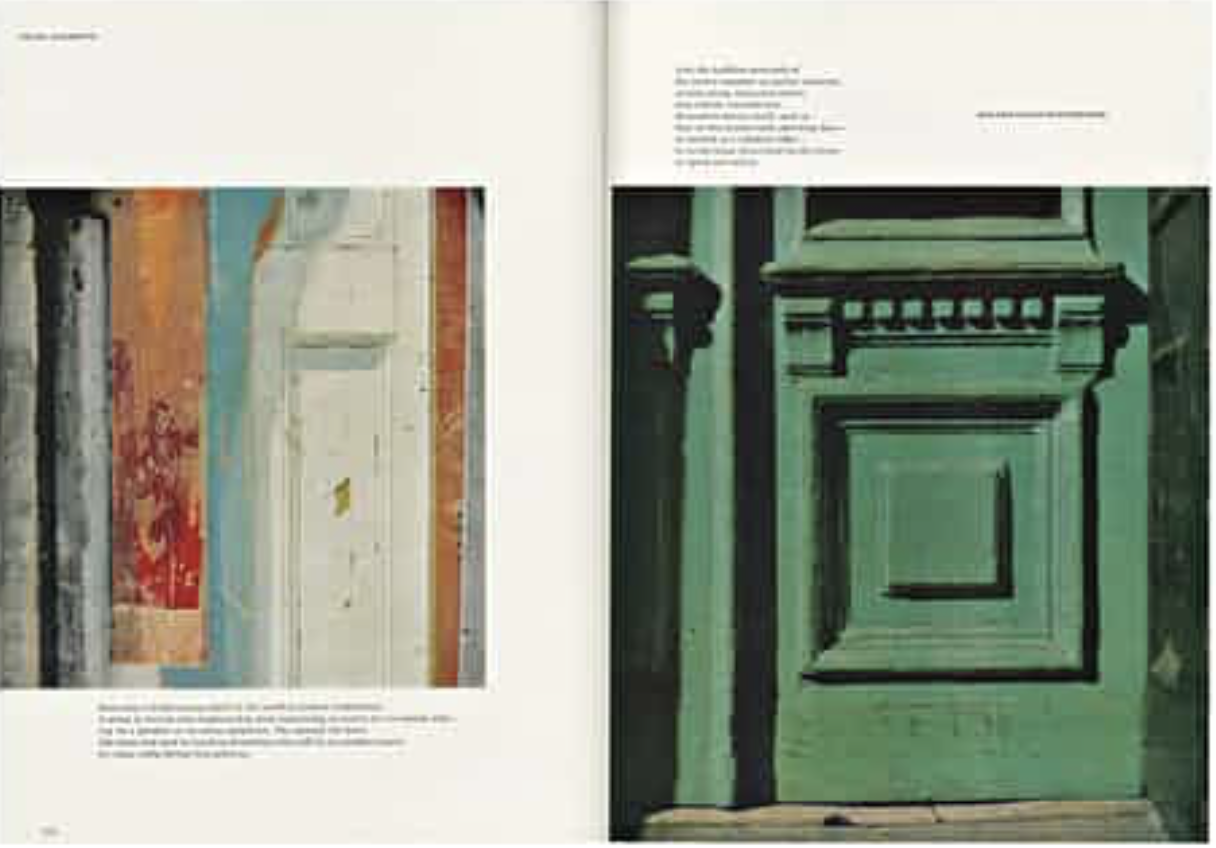
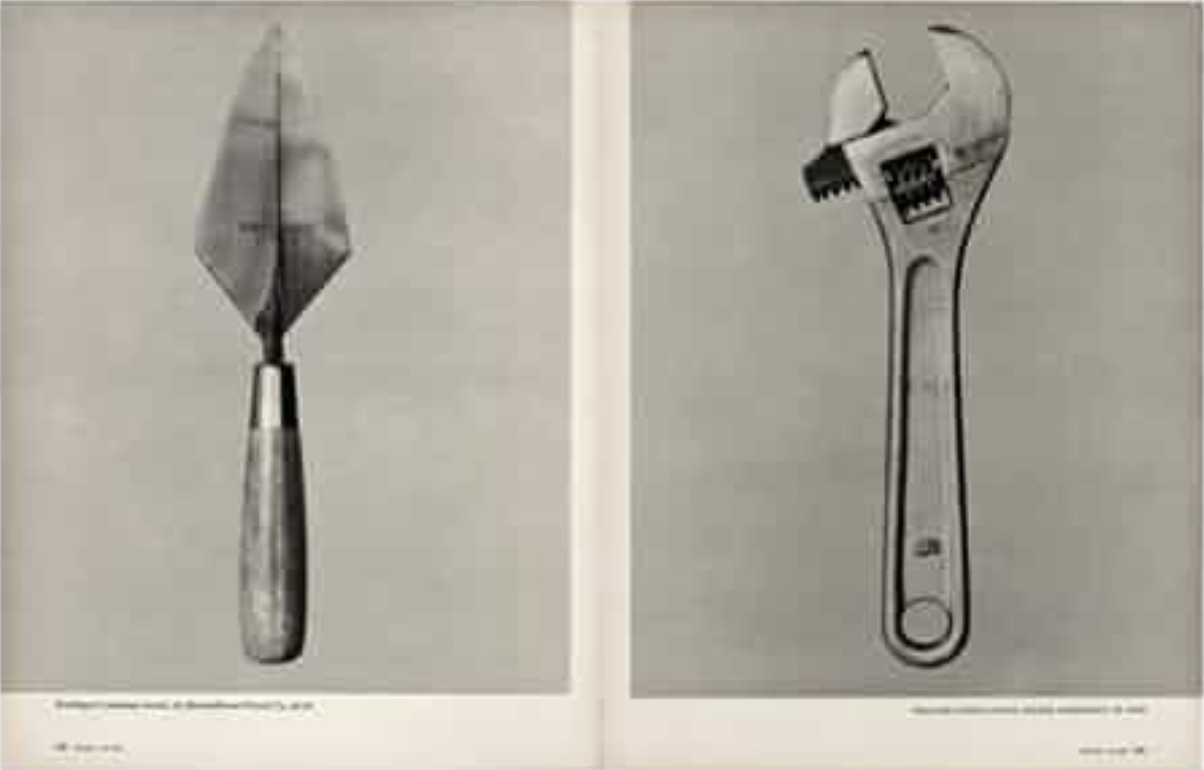
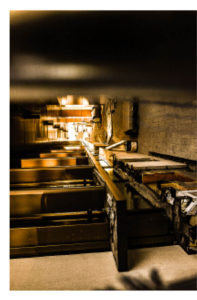
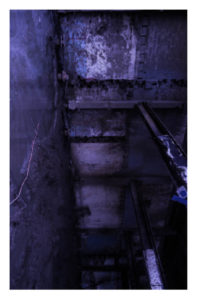

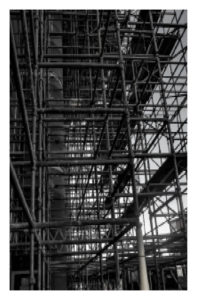


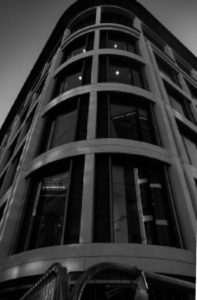
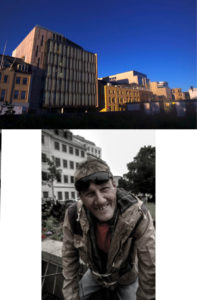
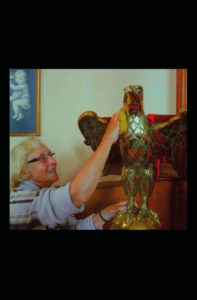
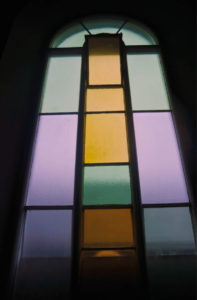
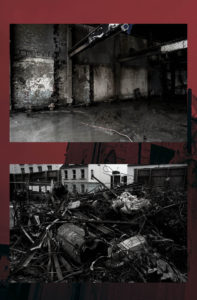
 \
\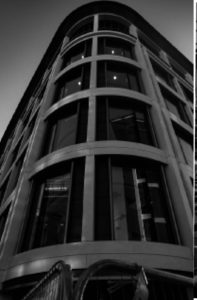



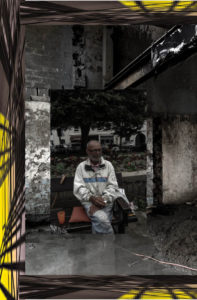
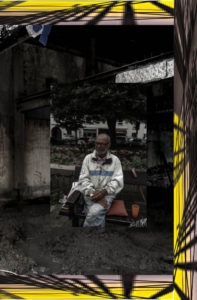
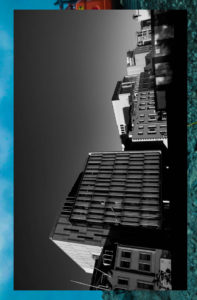
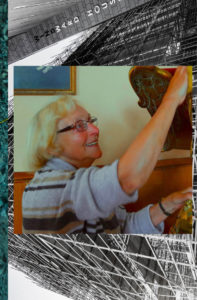
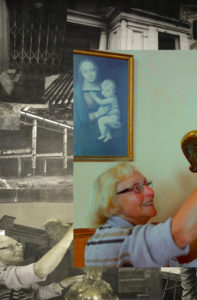

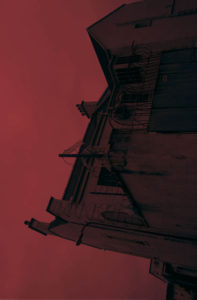
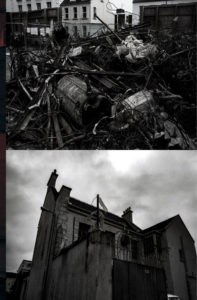
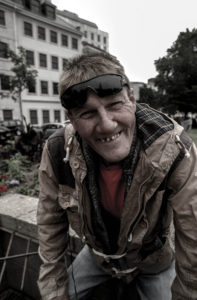
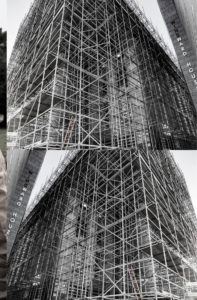






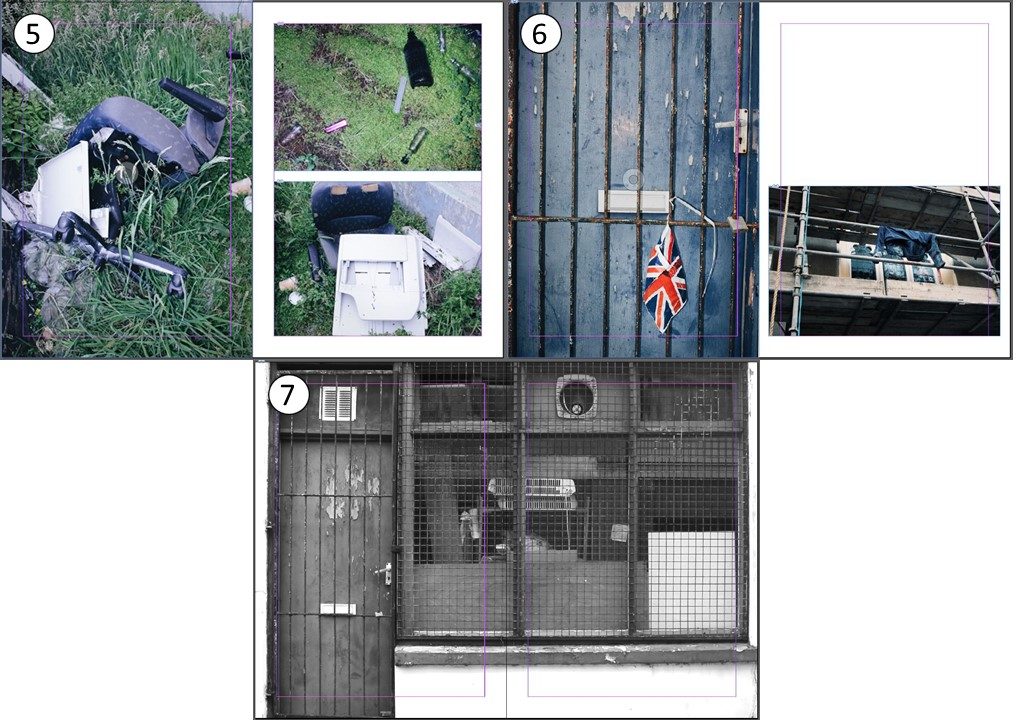
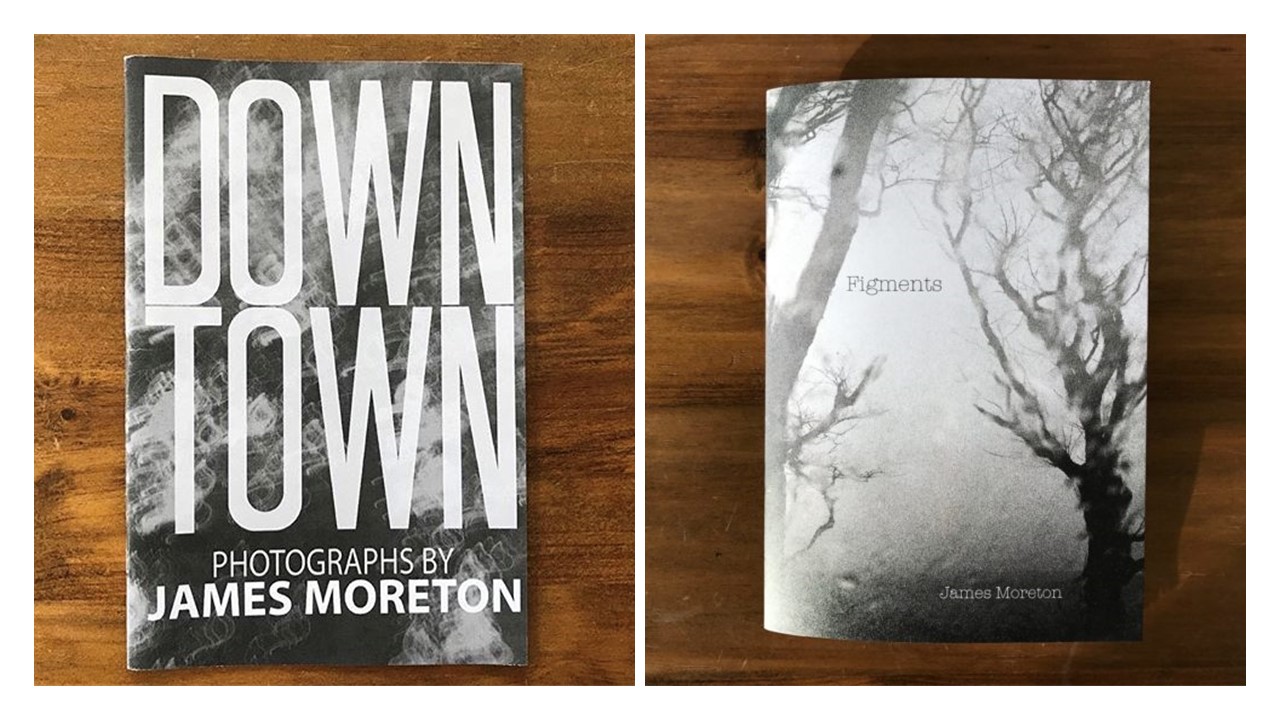 In the eyes of James Moreton, zines are seen to be the most accessible and favourable medium of photography thanks to their ability to create an impact through the use of pairing, juxtaposing and narrative flow to tell a story or instill an emotion, a method “unsurpassed by any other photographic medium”.
In the eyes of James Moreton, zines are seen to be the most accessible and favourable medium of photography thanks to their ability to create an impact through the use of pairing, juxtaposing and narrative flow to tell a story or instill an emotion, a method “unsurpassed by any other photographic medium”.



